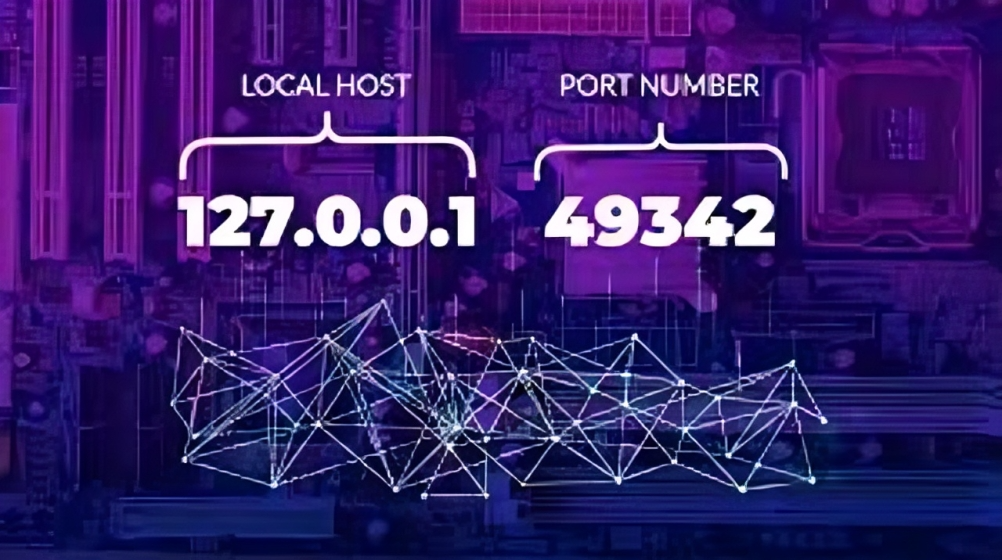The address “127.0.0.1:49342” may seem complex, but its components hold significant meaning in the world of networking and computing. This combination involves the familiar IP address 127.0.0.1, commonly known as the “loopback address,” and a specific port number (49342). Let’s break it down to understand its role, significance, and usage.
Table of Contents
What is 127.0.0.1?
127.0.0.1 is the default IP address used by a computer to refer to itself. It is known as the loopback address, and it enables the device to communicate with itself over the network stack. This address is used for network troubleshooting and testing purposes without requiring an actual physical network connection.
For instance, when a program communicates with 127.0.0.1, it is essentially talking to the computer on which it is running. This ensures that the software can send and receive data as if it were on a remote network, but without actually leaving the device. It’s an incredibly useful tool for developers and system administrators to verify that networking functions are working correctly on the local machine.

Port 49342: What Does it Signify?
The number 49342 represents a port number. A port is a communication endpoint used by computers to manage network traffic for various services or applications. In this case, port 49342 is a dynamic or ephemeral port, meaning it’s typically used by applications temporarily during a network session.
Ports in the range of 49152 to 65535 are dynamic or private ports, meaning they are often used for client-side communication. When a program opens a socket for network communication, it often does so on a randomly assigned port in this range, depending on the system’s configuration.
Why Do You See 127.0.0.1:49342?
Seeing 127.0.0.1:49342 likely indicates that an application on your computer is trying to establish a connection on your own machine, typically for local testing, debugging, or service interactions. For example, during the development of a web service, a developer might test the service locally using 127.0.0.1:49342 to simulate network communication.
Applications like web servers, databases, or even chat applications might use a combination like 127.0.0.1:49342 during their local operation, especially in the testing or development stages. This address allows them to simulate how they would behave when exposed to a broader network, without needing external network resources.
Is 127.0.0.1:49342 Safe to Use?
Generally, using 127.0.0.1:49342 is safe since it refers to the local computer and does not involve external systems. However, like any networked resource, caution should be taken if this combination is being used by an unknown or untrusted application. In some cases, malware or other unwanted programs might use 127.0.0.1 as part of their operations to mask their activity, although this is rare.

For a typical user or developer, there is little concern when encountering 127.0.0.1:49342 in a local context. It’s merely a point of communication between services on the same machine.
How Do Developers Use 127.0.0.1:49342?
Developers regularly use 127.0.0.1:49342 (and similar addresses) in their workflows. It’s a common setup for local servers and development environments. For instance:
- A web developer might run a local version of their website on 127.0.0.1:49342 for testing.
- A database service could be listening on this address, allowing a developer to test database queries without affecting a live environment.
- Local applications might interact with each other via 127.0.0.1:49342, ensuring all data stays on the developer’s system during testing.
This method helps ensure that developers can work in a controlled environment without worrying about network latency, security concerns, or dependency on external systems.

Also Read: Sumosearch: A Comprehensive Guide
Conclusion
Understanding 127.0.0.1:49342 unveils the importance of local network addresses and ports in the world of computing. Whether you’re a developer testing applications or just curious about how computers interact with themselves, this address is an essential part of many internal processes. It ensures seamless communication within your device and provides a safe, isolated space for testing and debugging. While it might seem technical at first glance, it serves as a reminder of the complexity and versatility of modern computing.


